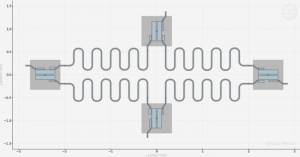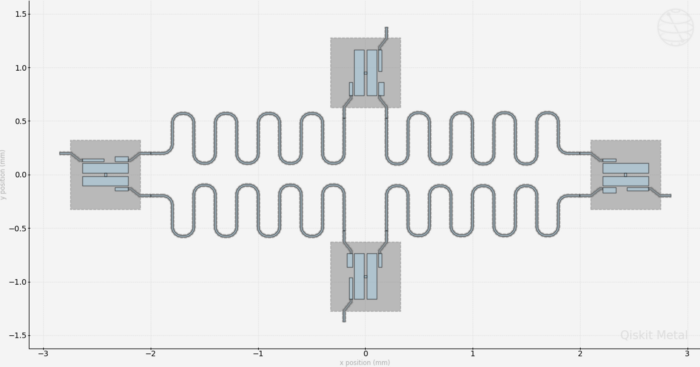
Qiskit team members are working on a community-driven project to create a suite of design automation tools that can pave the way for quantum chip development from concept to fabrication in a simple, scalable, and open framework.
In a blog post, the team said that their vision for this first-of-its-kind project would be “a suite of design automation tools that can be used to devise and analyze superconducting devices, with a focus on being able to integrate the best tools into a quantum hardware designer’s workflow.”
Quantum physicist Zlatko Minev is leading the IBM Quantum team members. The project, code-named Qiskit Metal, will have a focus on being able to integrate the best tools into a quantum hardware designer’s workflow.
The project is aimed at a challenge for quantum hardware developers, according to the post: “If we want quantum computers to one day scale and mature in the same way that classical computers have, we’ll need to begin thinking about quantum electronic design automation (EDA) tools in kind.”

For classic computer chip design, a sequence of programs allow chip designers to approach development in a modular way about integrated circuits with billions of transistors. The process helps seamlessly creates and tests designs, then moves them to the fabrication stage.
For quantum, things are not quite the same — and it presents a much more challenging situation.
“Quantum computers are not like today’s computer microprocessors, though,” the post states. “Quantum bits are much larger than transistors, and require more complex superconducting circuitry. Computer-aided electronic design automation software covers only some parts of this intricate fabrication process, and using these software packages to design a quantum computer comes with a high barrier to entry.”
The team adds: “We hope that as a community, we might make the process of quantization — bridging the gap between pieces of a superconducting metal on a quantum chip with the computational mathematics of Hamiltonians and Hilbert spaces — available to anyone with a curious mind and a laptop. We want to make quantum device design a streamlined process that automates the laborious tasks as it does with conventional electronic device design. We are writing software with built-in best practices and cutting-edge quantum analysis techniques, all this while seamlessly leveraging the power of conventional EDA tools. The goal of Qiskit Metal is to allow for easy quantum hardware modeling with reduction of design-related errors plus increased speed.”
To learn more or request early access, you can click this link.
For more market insights, check out our latest quantum computing news here.

















